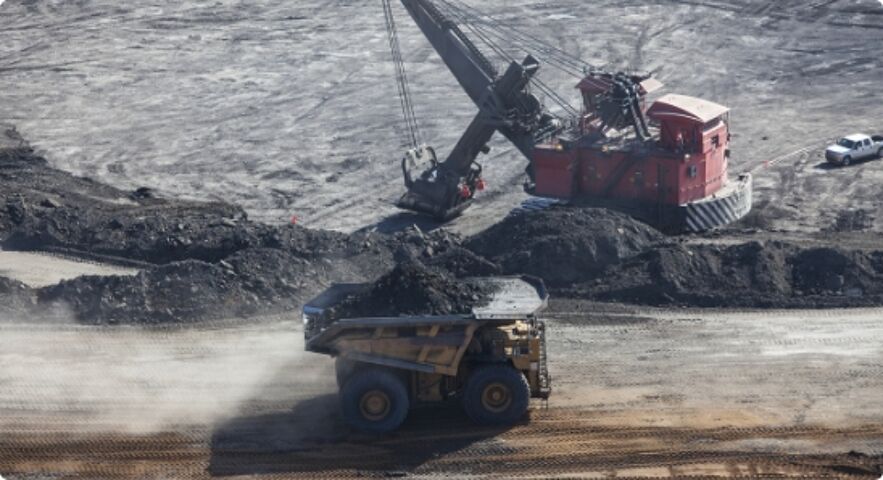La combinaison de températures environnementales extrêmes allant de -40°C dans les zones les plus septentrionales à +50°C dans les régions désertiques, de chocs et vibrations continus, ainsi que d’un environnement saturé d’eau de mine, de poussières abrasives et de gaz corrosifs, provoque une dégradation mécanique et chimique intense. Cela réduit considérablement la durée de vie de composants essentiels tels que les roulements, les engrenages et les parois des cylindres.
Les lubrifiants appropriés sont donc essentiels. Ils forment un film de séparation entre les surfaces, empêchant tout contact direct métal sur métal. La viscosité, ou la friction interne du lubrifiant, joue ici un rôle crucial. Une viscosité trop faible entraîne une capacité de charge insuffisante, tandis qu’une viscosité trop élevée gêne l’alimentation du lubrifiant entre les surfaces. De plus, le lubrifiant doit résister aux pressions élevées, aux températures extrêmes et à la contamination.
Défis spécifiques de la lubrification dans le secteur minier
L’eau de mine peut lessiver les additifs et former des émulsions qui compromettent la lubrification. Les acides issus des roches et minerais endommagent les composants, tandis que des gaz explosifs comme le méthane provoquent une dégradation thermique. Les poussières fines issues de l’extraction pénètrent partout, entraînant une usure abrasive.
Les écarts extrêmes de température représentent également un défi. Dans les profondeurs, le gel domine, tandis qu’en surface, la chaleur peut devenir insupportable. La viscosité doit rester stable pour assurer une lubrification efficace.
L’industrie minière exige des lubrifiants de haute qualité capables de résister à :
- L’émulsion, le lessivage et la dilution par l’eau de mine ;
- Aux produits chimiques et acides présents dans l’environnement ;
- À la haute pression et à l’action abrasive des particules de poussière ;
- À la dégradation thermique et aux risques d’explosion ;
- À l’oxydation et à la contamination microbienne à haute température ;
- À une analyse approfondie des mécanismes d’usure dominants.
Le bon équilibre entre des fluides de base synthétiques et des additifs avancés SYNGIS est essentiel. Seule une viscosité et une adhérence optimales peuvent garantir une lubrification efficace et une protection durable dans cet environnement exigeant.

